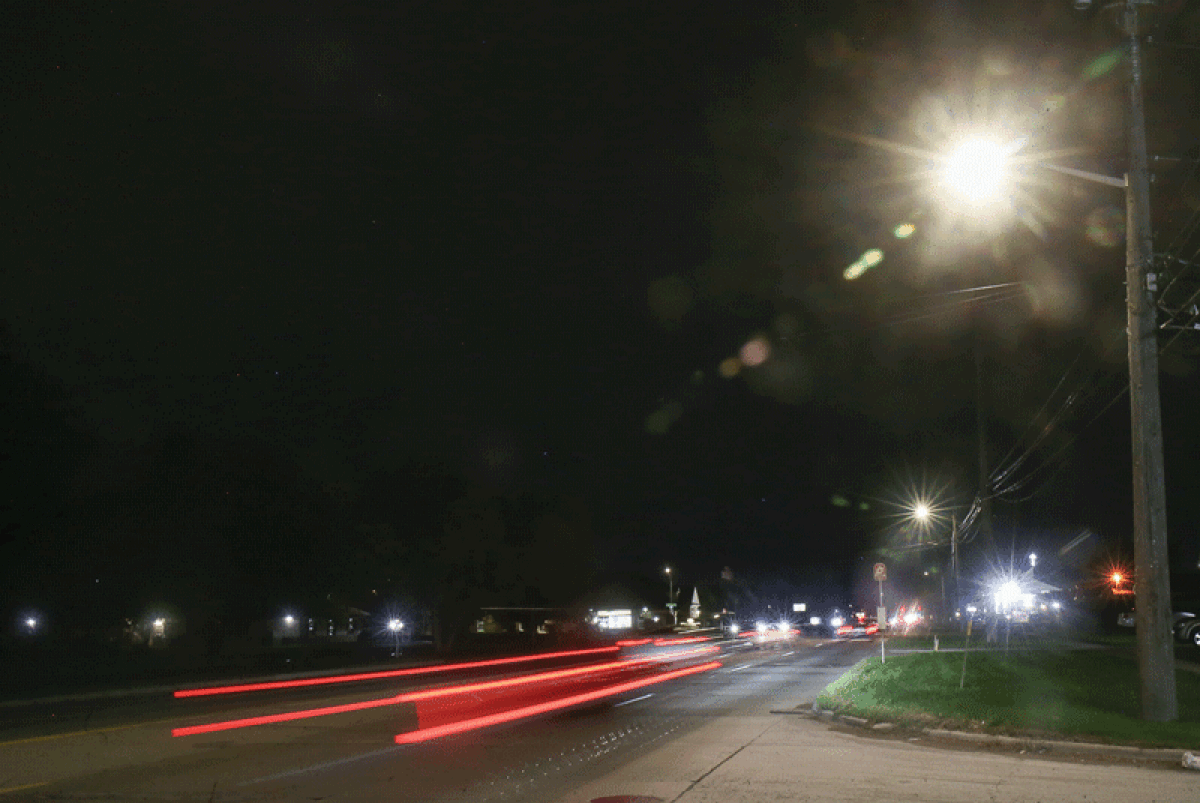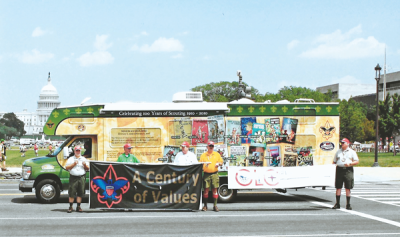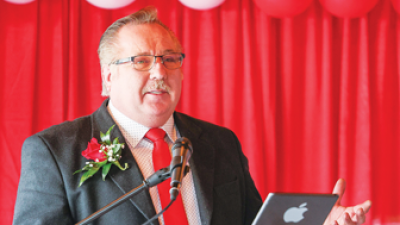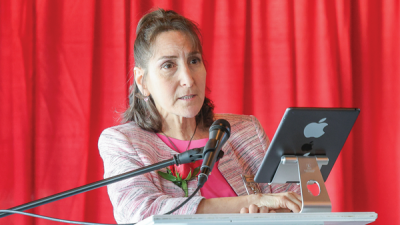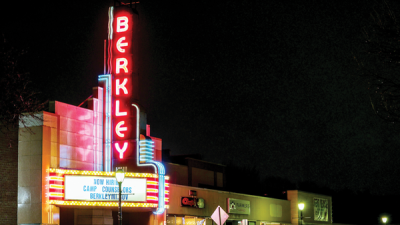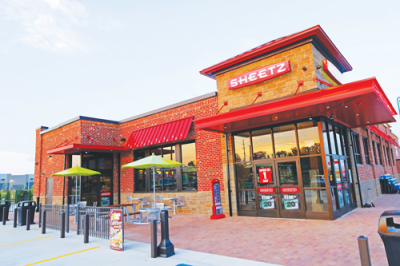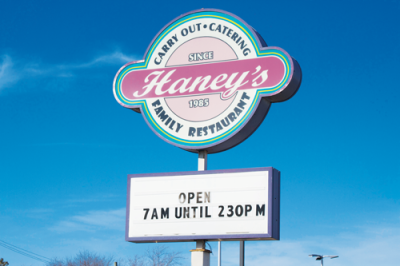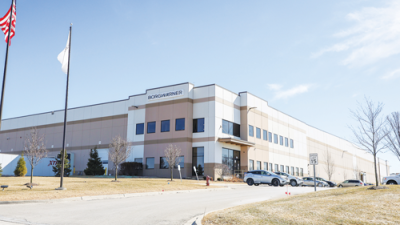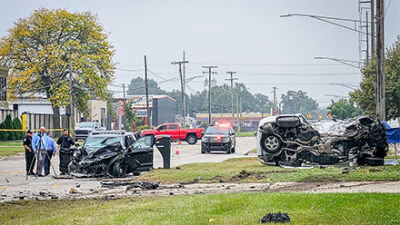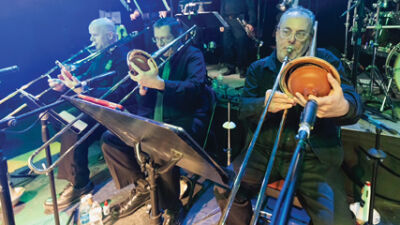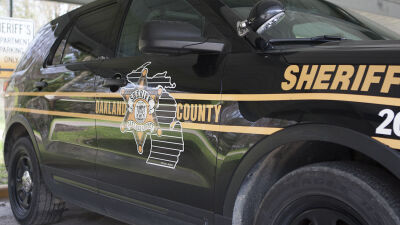MADISON HEIGHTS — The Madison Heights side of Dequindre Road is about to get brighter.
The stretch between 11 Mile and 13 Mile roads has long been dark on the city’s side, due to a lack of streetlights throughout. But the Madison Heights City Council is moving ahead with plans to purchase and install more than 50 additional streetlights, paid for by the city’s major street fund, which is funded by the state gas and weight tax.
The city has wanted to improve pedestrian safety along Dequindre Road since at least 2017, when it was first identified as a goal. It was prompted by several pedestrian safety incidents there, along with the fact that Dequindre Road has the highest speed limit among city surface streets, reaching 45 miles per hour north of 11 Mile Road.
Currently, there are no streetlights on the Madison Heights side of Dequindre, except for one or two that were added in recent years between 11 Mile and 12 Mile roads. The city also wanted to revisit the concept following significant cost savings from the conversion of streetlights to energy-efficient LED bulbs.
At its meeting Sept. 26, the City Council unanimously approved the installation of the lights at a cost of nearly $232,400. The council also approved a budget amendment of nearly $12,400 due to an increase in costs since the original quote from DTE, and authorized the city manager to request and execute the agreement through DTE.
There will be 53 streetlights added, evenly spaced. Three options were suggested by DTE, including decorative “teardrop” fixtures on decorative poles, “cobra” fixtures on steel poles with concrete foundations, and direct-bury fiberglass poles with standard roadway luminaries.
The first option was the most expensive, and would require the city to purchase and store replacement poles in the event of an accident. DTE offers full replacements for the other two options, and of those two, the third was the cheapest.
“From a safety, aesthetic and operational standpoint, there was no benefit to choosing the second option over the least expensive one,” said Sean Ballantine, director of public services, in an email interview. “DTE will handle the installation process and maintain ownership and maintenance of the lights. The process will take several months, as all new wiring has to be bored as part of the installation, and the materials have to be ordered.”
The new lights will be LED, just like the other streetlights in the city. The Warren side of Dequindre Road is already fully lit at regular intervals. Ballantine noted that Dequindre Road is a Macomb County road, and the city continually works with officials in Macomb County to implement safety improvements where possible.
“Pedestrian and vehicle collisions have certainly been the most concerning, and have typically involved a pedestrian jaywalking at night,” Ballantine said. “I would take this opportunity to remind pedestrians to cross at signalized intersections and crosswalks, for their own safety.”
Mayor Roslyn Grafstein said in an email that she has been concerned about the road for years.
“This section is one of the most dangerous in the area, with high speeds and poor lighting,” Grafstein said. “We looked at three different options (for streetlights), and chose the one that is most cost effective, traffic safe, and can be replaced and reinstalled at no additional cost if damaged. Evenly spaced along this two-mile corridor, the new lights will provide an additional layer of safety for both pedestrians and drivers.”
Mark Bliss, the mayor pro tem, said the streetlights will minimally impact the city’s budget.
“And the reality of the situation is that any time you increase lighting, you increase safety. There’s a direct correlation leading to a reduction in accidents, a reduction in crime, and increased health and safety,” Bliss said. “A single light pole can cost tens of thousands of dollars, just for the pole itself, so at scale it’s hard to do a project of this size. And so, I’m incredibly thankful our staff were able to work out the details in such a way that we can improve the lighting around that stretch. I’m hoping it’s a model that we can roll out to other areas that may have similar lighting challenges.”
 Publication select ▼
Publication select ▼